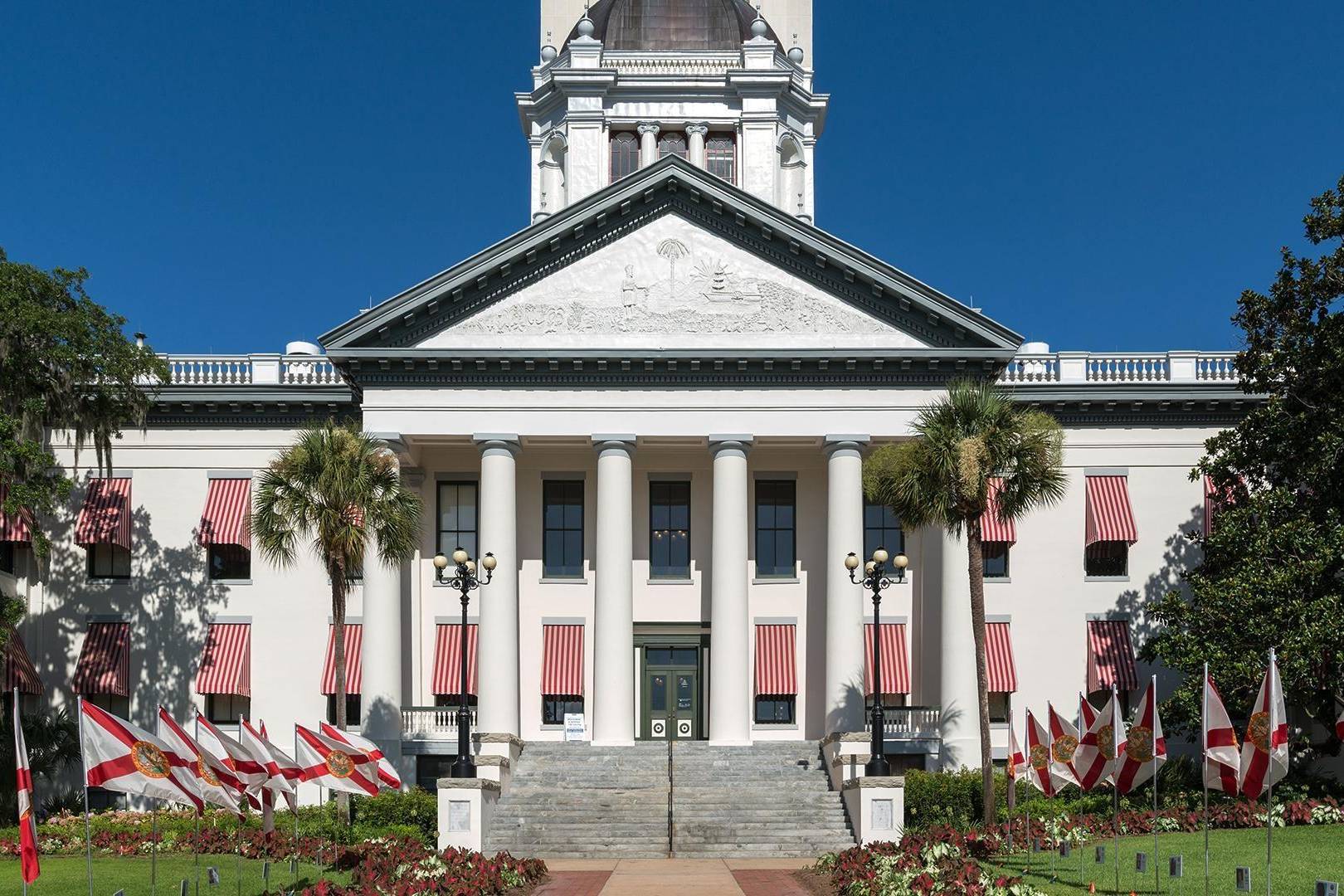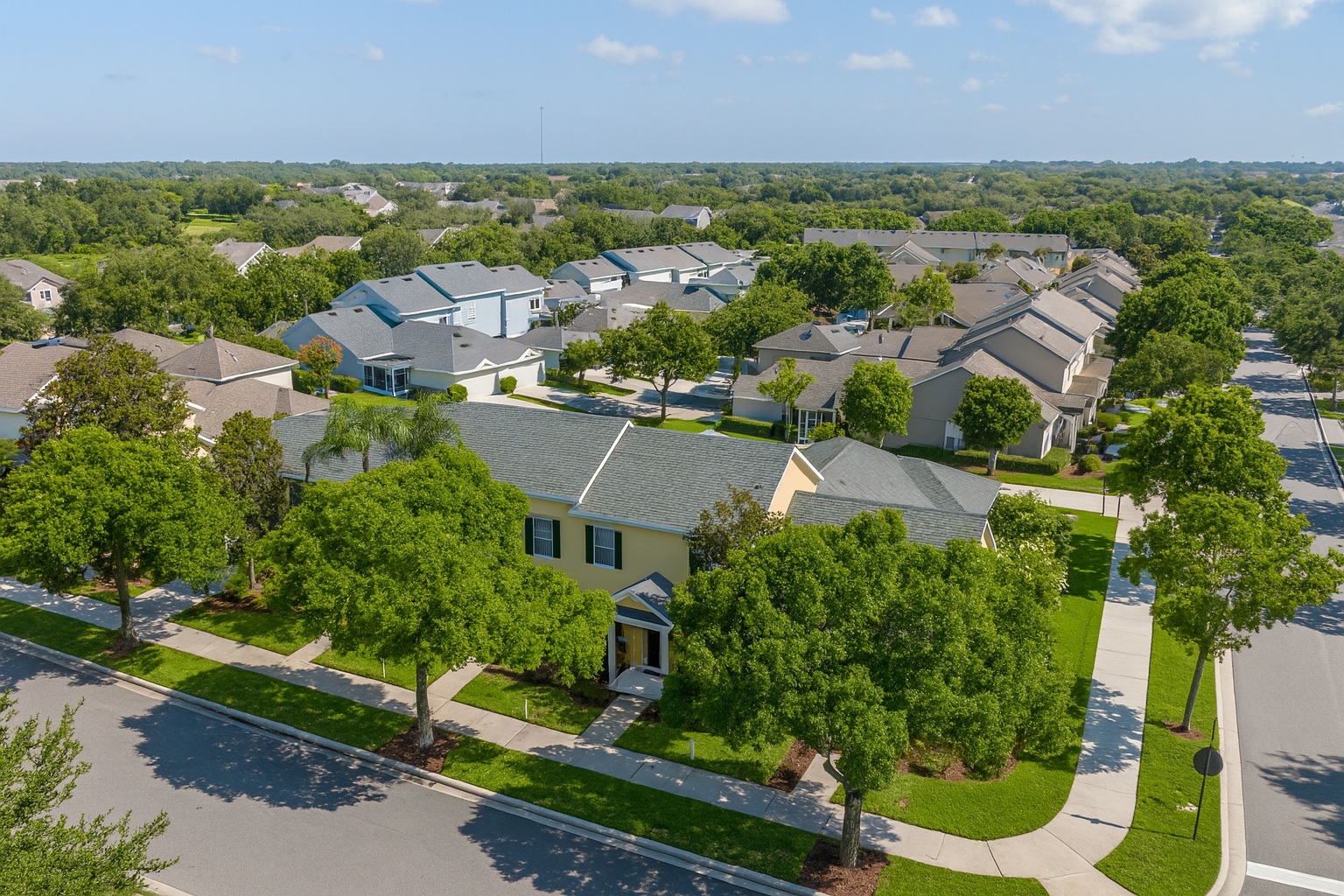Home values appreciated by around ten percent in 2020, and are forecast to appreciate by around five percent this year. This raises concerns that we could be in another real estate bubble like the one we experienced just over a decade ago. Here are three reasons why this market is totally different.
1. This time, the supply of housing is extremely limited
The price of any market item is determined by supply and demand. If supply is high and demand low, prices usually fall. If supply is low and demand is high, prices naturally rise. In the real estate market, supply and demand are measured in "months of inventory supply", which is based on the number of current homes for sale compared to the number of buyers on the market. The normal months' supply of inventory for the market is around 6 months. Anything above that defines a buyers' market, indicating that prices will soften. Anything below that defines a sellers' market in which prices normally appreciate. Between 2006 and 2008, the months' supply of stock increased from just over 5 months to 11 months. Months' supply was over 7 months in 27 of those 36 months, but home values continued to rise. Months' inventory has been under 5 months for the last 3 years, under 4 in thirteen of the last fourteen months, under 3 for the last six months and is currently at 1.9 months - an all-time low. Remember, if supply is low and demand is high, prices naturally rise.
2. This time, the demand for housing is real
During the real estate boom in the mid-2000s, there was what Robert Schiller, a fellow at the Yale School of Management's International Finance Center, called "irrational exuberance". The definition of the term is "unfounded market optimism that lacks a real basis in fundamental valuation, but is instead based on psychological factors". Without considering historical market trends, people were caught up in the frenzy and bought homes based on the unrealistic belief that housing values would continue to rise. The mortgage industry fueled this madness by making mortgage money available to virtually anyone, as shown in the Mortgage Credit Availability Index (MCAI) published by the Mortgage Bankers Association. The higher the index, the easier it is to get a mortgage; the lower the index, the harder it is to get one. Before the real estate boom, the index was just below 400. In 2006, the index reached an all-time high of over 868. Again, almost anyone could get a mortgage. Today, the index stands at 122.5, which is well below even the level before the boom. In today's real estate market, demand is real, not manufactured. Millennials, the country's largest generation, have come of age to get married and have children, which are the two main drivers of home ownership. The health crisis is also challenging every family to redefine the meaning of "home" and to re-evaluate whether their current home meets this new definition. This desire to own, coupled with historically low mortgage rates, makes buying a home today a sound and solid financial decision. Therefore, today's demand is very real. Remember, if supply is low and demand is high, prices naturally rise.
[ipt_fsqm_form id="8″]
[ipt_fsqm_form id="9″]
3. This time, families have a lot of assets
Once again, during the real estate boom, it wasn't just buyers who were caught up in the frenzy. Existing homeowners started using their homes as ATMs. There was a wave of cash-out refinancing, which allowed homeowners to leverage the equity in their homes. From 2005 to 2007, Americans cashed out $ 824 billion dollars in equity. This left many homeowners with little or no equity at a critical time. As prices began to fall, some homeowners found themselves in a situation of negative equity, where the mortgage was greater than the value of their home. Many defaulted on their payments, which led to an avalanche of foreclosures. Today, the banks and the American people have shown that they have learned a valuable lesson from the housing crisis just over a decade ago. The volume of cash-out refinancing in the last three years has been less than a third of what it was compared to the 3 years before the crash. This conservative approach has created levels of equity never seen before. According to Census Bureau data, more than 38% of owner-occupied housing units are owned "free and clear" (without any mortgage). In addition, ATTOM Data Solutions has just released its fourth quarter 2020 U.S. Home Equity Report, which revealed:
If we combine the 38% of own homes free and clear with the 18.7% of all homes that have at least 50% of equity (30.2% of the remaining 62% with a mortgage), we realize that 56.7% of all homes in this country have a minimum of 50% of equity. This is significantly better than the equity situation in 2008.
Conclusion
This time, the supply of housing is at an all-time low. Demand is real and correctly motivated. Even if there were a fall in prices, homeowners would have enough equity to withstand a fall in house values. This is no comparison with 2008. In fact, it's quite the opposite.
Any doubts?
Now that you know a little more about how the real estate market behaves during recessions, you can consider investing in vacation homes in Orlando. To make the most of all the tips we've given you and go even deeper, you can talk directly to our relationship agents. They are always happy to talk to you to answer any questions you may have about investing in Florida.
In this article, we've covered the topic of the behavior of the real estate market during recessions because it's interesting for those looking to invest in Florida. If you would like to read more content like the one in this article, just stay tuned to our blog.
Did you like the article? Keep an eye on our blog! Looking to live or invest in real estate in Florida? Check out the list of houses for sale in Florida that we've selected for you!
|
Getting your Trinity Audio player ready...
|
Leo Martins
My role is to create an environment for people to connect with Real Estate in Florida



